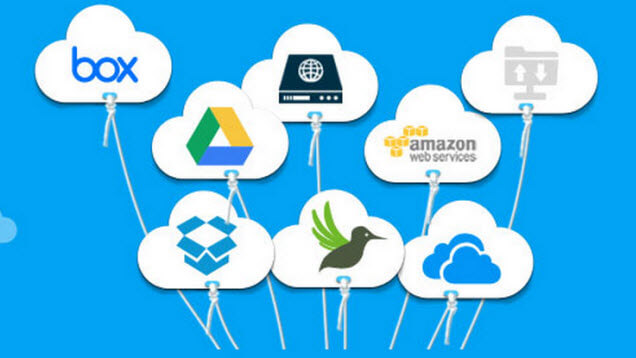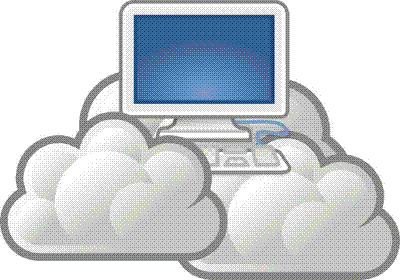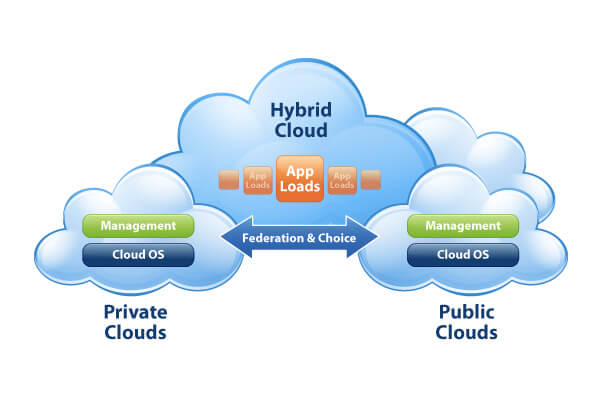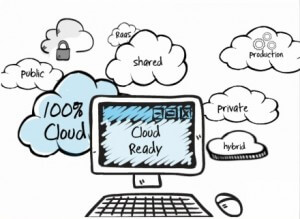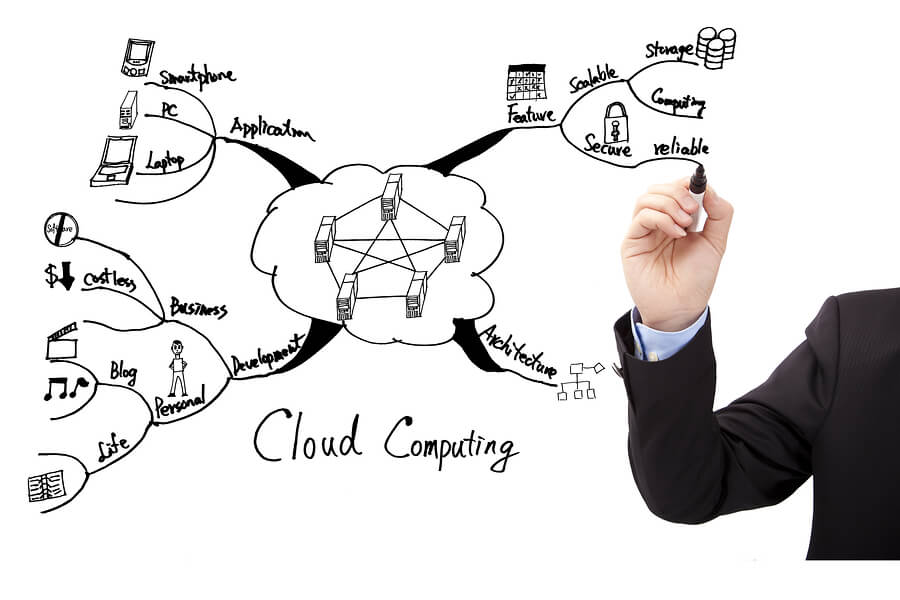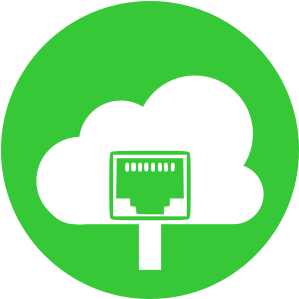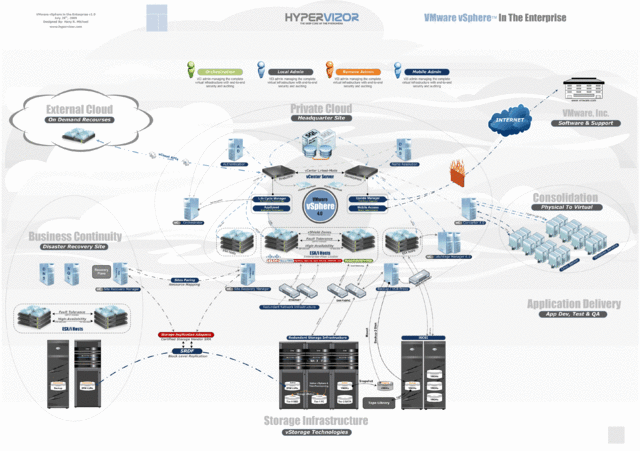There are a lot of different storage needs with different businesses. If there is a small business company with 5-10 employees, it needs some amount of cloud storage and if there is a company with thousands of employees then the storage capacity obviously tends to increase. Now there are several Business Cloud Storage Services which will fulfill your cloud storage needs even it is more than a terabyte.
Now companies can take a step forward and leave all the data in the hands of these cloud storage service providers without bothering a lot on their security, hence can invest time and resources in business development. Some encrypt once and some may do it twice. Some storage services allow you to set your own encryption key ,which means no one can get into your important data including those who work for the business cloud services.
Here Are The Best Business Cloud Storage Service Providers:
Zoolz:
It is the first cloud service to provide Tribrid Backup, next generation of hybrid, in which it allows you to backup your data in three storage types: Instant, Cold and Local Storage. This means companies can select where to backup and the rest will be handled by zoolz automatically.
It encrypts your data with military level AES 256-bit encryption before it leaves your machines and then data is transferred to the secured Amazon S3 server and encrypted with AES 256-bit encryption and then stored.
It provides enterprise level features like scalability, centralized management and data tiering and more at reasonable price. Zoolz has a powerful and lightweight file browser which allows everything that a file manager allows with ease. It has centralized web console which allows you restore the files to any computer at any time. The deleted files are in the cloud storage forever even after deleting.
OpenDrive:
It provides unlimited online storage, backup and cloud content management. It can backup data from a range of sources which includes external drives and servers. Its manual backup program includes in the price and allows you transfer up-to 1.5 Terabyte to an external drive and mail it to OpenDrive.
Once your data is stored it can be assessed with ease. It allows you to edit your files and can even be re-saved. OpenDrive deletes your deleted files after 120 days. It does not use re-duplication, which is compression technique that can improve the efficiency of backup.
It mainly concentrates on the integrity and security of your data. It also encrypts your data in two stages, once before transit and again in data centers. It provides full administrative control with your account.
JustCloud:
Something we like in JustCloud is that it can accommodate any storage need. The basic business plan starts with 100GB and can be expanded to unlimited amount according to your needs, so your cloud storage can be increased with your business growth with ease.
In this cloud storage there is no limit for the file size, which resolves most of the problems with huge size files. It provides 100% automated backups, because losing a day’s data could prove to be agonizing.
All your data is encrypted with AES 256-bit encryption. It can help you recover stolen or lost laptops by mapping the location of your laptop on a hourly basis to track where it is. You can share files with friends easily by sharing your own custom link or by inviting your friends through social media. It provides 24/7 technical support and even live chat.
Mozy:
The best thing in Mozy cloud storage is that all your files are encrypted before they even leave. It is a good option for those who don’t need unlimited storage because it won’t be providing you unlimited cloud storage.
Mozypro makes everything very easy with their data Shuttle services. It starts with Mozy sends you a drive in the mail. You select your data which you want to backup in cloud, transfer it to Shuttle drive and then ship it back to the Mozy data center that’s it your work done.
The Shuttle is a one-time service and costs more but it makes the initial cloud transition much easier. It deletes files after exactly 30 days from when they are deleted, so you’ll have to hurry and make decisions as soon as possible because it is very less time when compared to the competitors. It encrypts your files with AES 256-bit encryption.
Carbonite:
This cloud storage service also encrypts your data before it leaves your computer. It mainly aims on security and support. It is also a very good option for small businesses cloud storage needs. Its business plans starts form 250GB.
It keeps your deleted files for 3 months before it is completely deleted from the cloud storage, which is longer than provided by many other service providers. Its security options include establishing an own encrypt key which is the added benefit of Health Insurance Portability and Accountability Act (HIPAA), which means no one out of your company can see your files even the folks who work at the Carbonite data center.
It also provides a lot of physical protection to your data with biometric scanners and lots of electronic key cards. It provides collaboration with iOS and Android only at this point it lacks. Its support system is very good with fast response through phone, email and even chat.
Is your company linked with any of these business cloud storage service providers already? Do write in your experiences as comments below.
